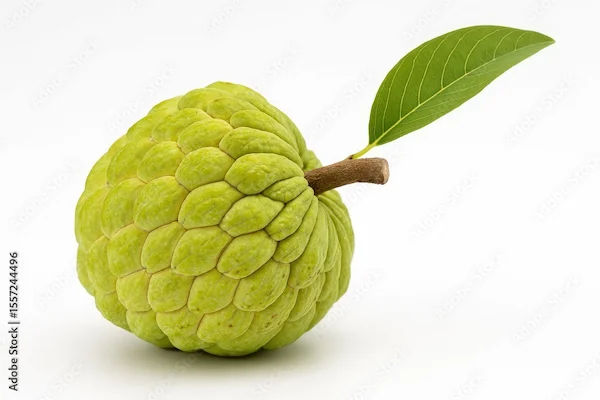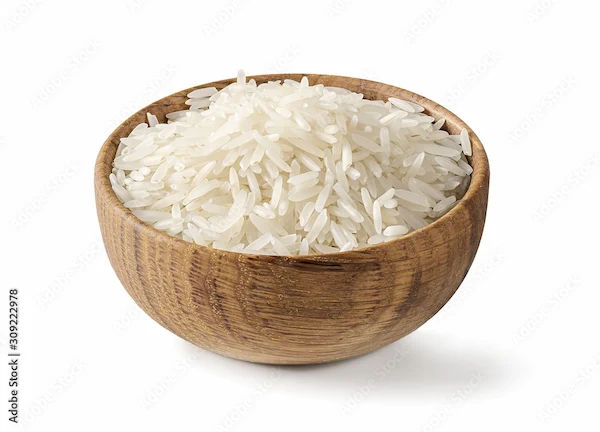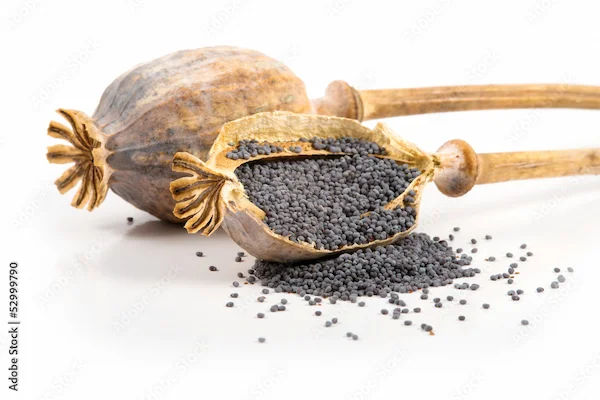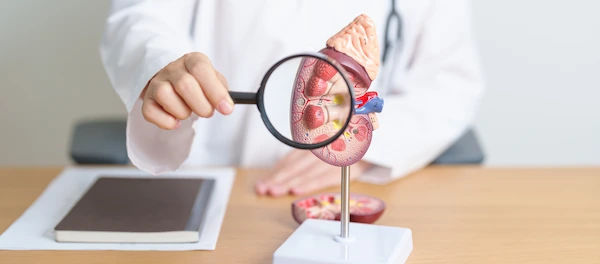Vaginal Yeast Infection Overview and Management
Know about the vaginal yeast infection, causes, symptoms, diagnosis, treatment, prevention, management and more.


Introduction
Dealing with a vaginal yeast infection can be uncomfortable and frustrating, but the good news is that it’s common and treatable. If you’ve ever experienced itching, burning, or unusual discharge, you might have had a yeast infection. Let’s break down what it is, why it happens, and how you can manage it effectively.
What Is a Vaginal Yeast Infection?
A vaginal yeast infection, also known as vaginal candidiasis, is caused by an overgrowth of a fungus called Candida albicans. This fungus naturally lives in small amounts in the vagina, along with bacteria that keep it in check. However, when the balance is disrupted, Candida can multiply, leading to an infection.
Consult a Gynaecology doctor for Personalised Advice
Common Symptoms
If you have a yeast infection, you may experience:
- Itching and irritation in and around the vagina
- Thick, white, odourless discharge (often resembling cottage cheese)
- Burning sensation during urination or sex
- Redness and swelling of the vulva
These symptoms can range from mild to severe. If you’re unsure whether you have a yeast infection or another condition (like a bacterial infection or STI), it’s best to consult a doctor.
What Causes Yeast Infections?
Several factors can trigger an overgrowth of Candida, including:
1. Antibiotics – They kill both harmful and good bacteria, disrupting the natural balance.
2. Hormonal changes – Pregnancy, birth control pills, or menstruation can increase yeast growth.
3. Uncontrolled diabetes – High sugar levels create an ideal environment for yeast.
4. Weak immune system – Conditions like HIV or medications that suppress immunity can raise the risk.
5. Tight or damp clothing – Wearing synthetic underwear or wet swimsuits for long periods traps moisture.
6. Douching or scented products – These can upset the vagina’s natural pH balance.
How to Manage and Prevent Yeast Infections?
1. Over-the-Counter (OTC) Treatments
Yeast infections can often be treated with antifungal creams, ointments, or suppositories available at pharmacies. Common options include:
- Clotrimazole (Canesten)
- Miconazole (Monistat)
- Fluconazole (Diflucan) – A single-dose oral tablet
Always follow the instructions and complete the full course, even if symptoms improve.
2. Home Remedies (Supportive Care)
While OTC medications are most effective, some home remedies may help ease discomfort:
- Plain yoghurt (with live cultures) – Applying it externally or eating it may restore good bacteria.
- Coconut oil – Has antifungal properties; apply a small amount to the affected area.
- Garlic – Contains natural antifungal compounds, but avoid inserting it directly.
Note: These remedies should not replace medical treatment but can provide relief alongside it.
3. Lifestyle Changes to Prevent Recurrence
To reduce the chances of future infections:
- Wear breathable cotton underwear and avoid tight-fitting pants.
- Change out of wet clothes (like swimsuits or workout gear) quickly.
- Avoid scented products (soaps, tampons, sprays) near the vaginal area.
- Practice good hygiene – Wipe front to back after using the toilet.
- Limit sugar intake – Yeast thrives on sugar, so reducing sweets may help.
When to See a Doctor?
While mild yeast infections can be treated at home, consult a doctor if:
- Symptoms don’t improve after OTC treatment.
- You experience frequent infections (4 or more per year).
- -You have severe pain, fever, or foul-smelling discharge (could indicate a different infection).
Can Yeast Infections Be Prevented?
While they can’t always be avoided, these habits can lower your risk:
- Probiotics – Eating yoghurt with live cultures or taking probiotic supplements may help maintain healthy bacteria.
- Proper hygiene – Wash with mild, unscented soap and water—no need for douching.
- Stay dry – Change pads and tampons frequently during periods.
Final Thoughts
Yeast infections are common and nothing to be embarrassed about. With the right treatment and preventive care, most women find relief quickly. If you’re unsure about your symptoms or need guidance, don’t hesitate to reach out to a healthcare provider.
Consult a Gynaecology doctor for Personalised Advice
Consult a Gynaecology doctor for Personalised Advice

Dr. Sridevi Matta
Obstetrician and Gynaecologist
28 Years • MS ( OBG ), DGO, DNB Obstetrics & Gynaecology
Chinagadila
Apollo Hospitals Health City Unit, Chinagadila
(175+ Patients)

Dr. Mona Yadav
Obstetrician and Gynaecologist
19 Years • MBBS, MD (Obstetrics & Gynaecology)
Dombivli
Nulife multispeciality, Dombivli

Dr. Parul Sharma
Obstetrician and Gynaecologist
8 Years • MBBS, MS (Obstetrics & Gynaecology)
New Delhi
THE DOCTORS NESST, New Delhi

Dr. Asha Rani Singh
Obstetrician and Gynaecologist
24 Years • MBBS DGO
Delhi
Dr Asha Rani Singh Clinic, Delhi
Dr. K Anusha
Obstetrician and Gynaecologist
4 Years • MBBS, DGO
Yemmiganur
SRINIVASAA HOSPITAL, Yemmiganur
Consult a Gynaecology doctor for Personalised Advice

Dr. Sridevi Matta
Obstetrician and Gynaecologist
28 Years • MS ( OBG ), DGO, DNB Obstetrics & Gynaecology
Chinagadila
Apollo Hospitals Health City Unit, Chinagadila
(175+ Patients)

Dr. Mona Yadav
Obstetrician and Gynaecologist
19 Years • MBBS, MD (Obstetrics & Gynaecology)
Dombivli
Nulife multispeciality, Dombivli

Dr. Parul Sharma
Obstetrician and Gynaecologist
8 Years • MBBS, MS (Obstetrics & Gynaecology)
New Delhi
THE DOCTORS NESST, New Delhi

Dr. Asha Rani Singh
Obstetrician and Gynaecologist
24 Years • MBBS DGO
Delhi
Dr Asha Rani Singh Clinic, Delhi
Dr. K Anusha
Obstetrician and Gynaecologist
4 Years • MBBS, DGO
Yemmiganur
SRINIVASAA HOSPITAL, Yemmiganur




